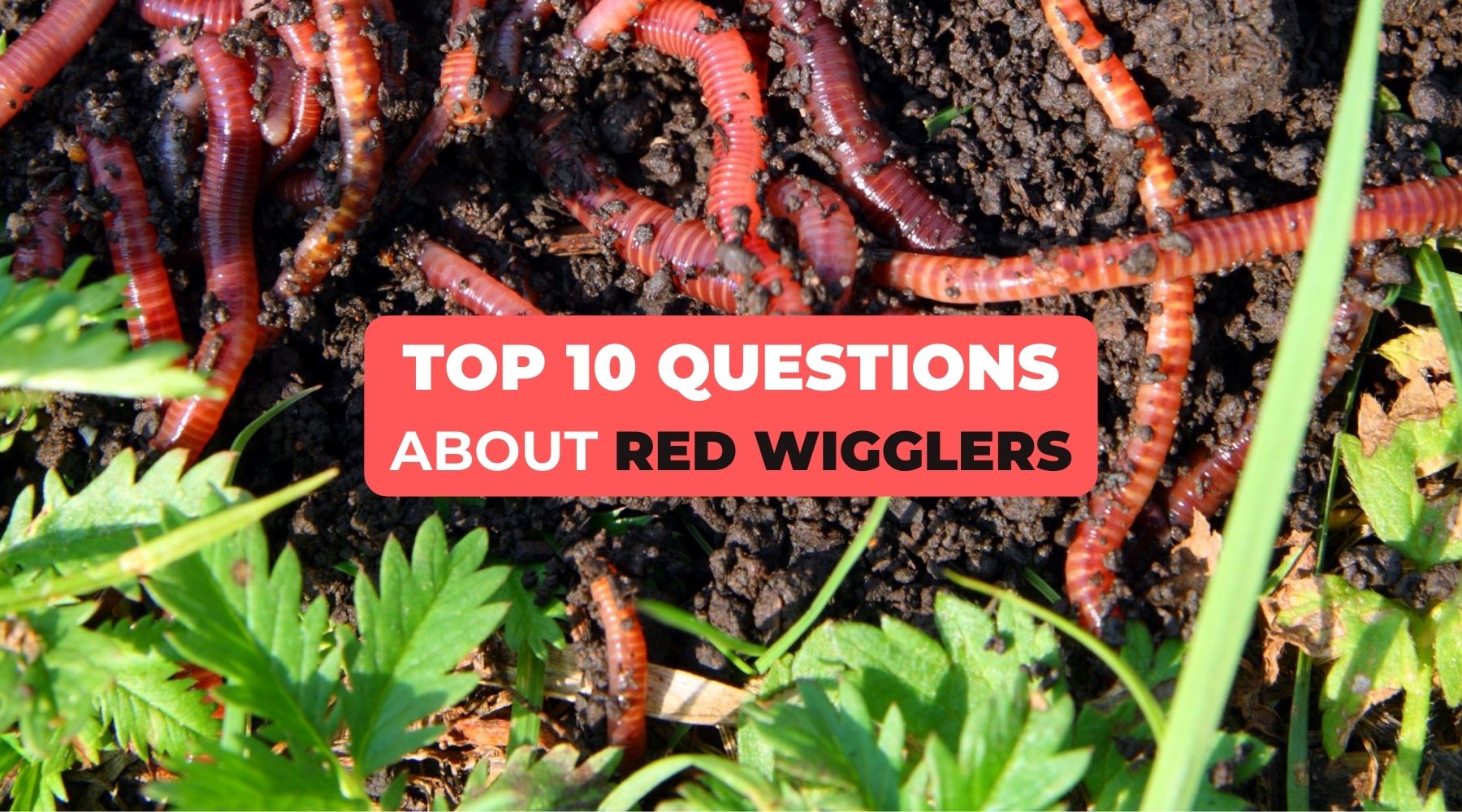The Basic Principles Of Red Wiggler Express
Table of ContentsA Biased View of Red Wiggler ExpressThe Definitive Guide for Red Wiggler ExpressNot known Facts About Red Wiggler ExpressRed Wiggler Express Things To Know Before You Get ThisRed Wiggler Express - An Overview
And the growing Red Worm population? Also in the stack that was established up directly in front of yard composters with existing Red Worm colonies.
Many varieties, consisting of Red Wigglers, European Nightcrawlers, and Lumbricus species were brought over from the European continent. But right here's the thingNative or otherwise - and as skilled as they go to having the ability to survive in a wide-range of atmospheres and conditions -. To put it simply, they are much more most likely to hang out in any kind of active composting systems you have actually established, than they are to stroll off and begin spoiling the atmosphere.
Roots need oxygen for respiration and rely on smooth air flow within the soil to flourish. When it rainfalls, soil can end up being saturated with water, minimizing the oxygen available and preventing nutrient absorption. To keep an optimum equilibrium, the dirt must allow water to drain pipes sufficiently, leaving adequate area for air to support origin health
The Ultimate Guide To Red Wiggler Express

When it involves worms for composting, what comes to mind? If you were an earthworm breeder, dealership, or simple garden enthusiast, after that you 'd understand that red wiggler worms are the ideal worms for vermicomposting. To read more regarding these earth marvels, checked out a few of the red worm truths below.
(https://businesslistingplus.com/profile/rwigglerexnc/)Yet if they extend their bodies, you'll be able to see the red stripes on their skin. When raising worms such as red wiggler worms, you ought to be able to know how to make good use of them. When you're able to keep and look after their environment well, and additionally feed them the appropriate sort of natural wastes, after that they'll be able to produce nutrient-packed and quality-rich worm castings for you (additionally called worm poop or garden compost).
The 9-Minute Rule for Red Wiggler Express
What do worms consume? Well, these red wriggler worms can be fed with kitchen area scraps and garden wastes.

This habits makes them fit for life in worm bins, compost heap, and various other constrained spaces where organic waste is plentiful. Producing an ideal atmosphere for red wigglers needs a thoughtful strategy. Consider the following crucial components to care for red wigglers in your home and guarantee their wellness: Make use of a bedding of shredded newspaper or cardboard.

Add a handful of completely dry, shredded paper if the container comes to be too damp. Without a doubt, they do! Red wiggler worms replicate by laying little, lemon-shaped eggs in safety cocoons. These cocoons are generally transferred in the bed linen and hatch right into infant worms within a few weeks. The fast recreation cycle of red wigglers is among the reasons they are favored for vermicomposting.
How Red Wiggler Express can Save You Time, Stress, and Money.
Their versatility and strength have actually made them a popular selection for vermicomposting in various areas around the globe. Yes! They can endure from a variety of 32F to 90F. They are incredibly adaptable pests. Think about protective measures for extremely extreme temperature levels such as: Insulating the worm container with layers of straw or leaves.

Simply keep in mind - you can always add even more food later on (but it's tough to eliminate feed once it's been added to a container!).
Since I fed the red wigglers and compost worms also a lot, they weren't able to keep up and over time the older food went leftover and produced anaerobic conditions that killed the worms. Right here're the 6 golden guidelines for just how usually and just how much to feed your worms: Guideline # 1: Small amounts!
Top Guidelines Of Red Wiggler Express
Leftover food will lead to anaerobic problems that will certainly eliminate your real-time worms. Rule # 6: After the first feeding, feed the worms 1/3 to 1/2 of their weight.